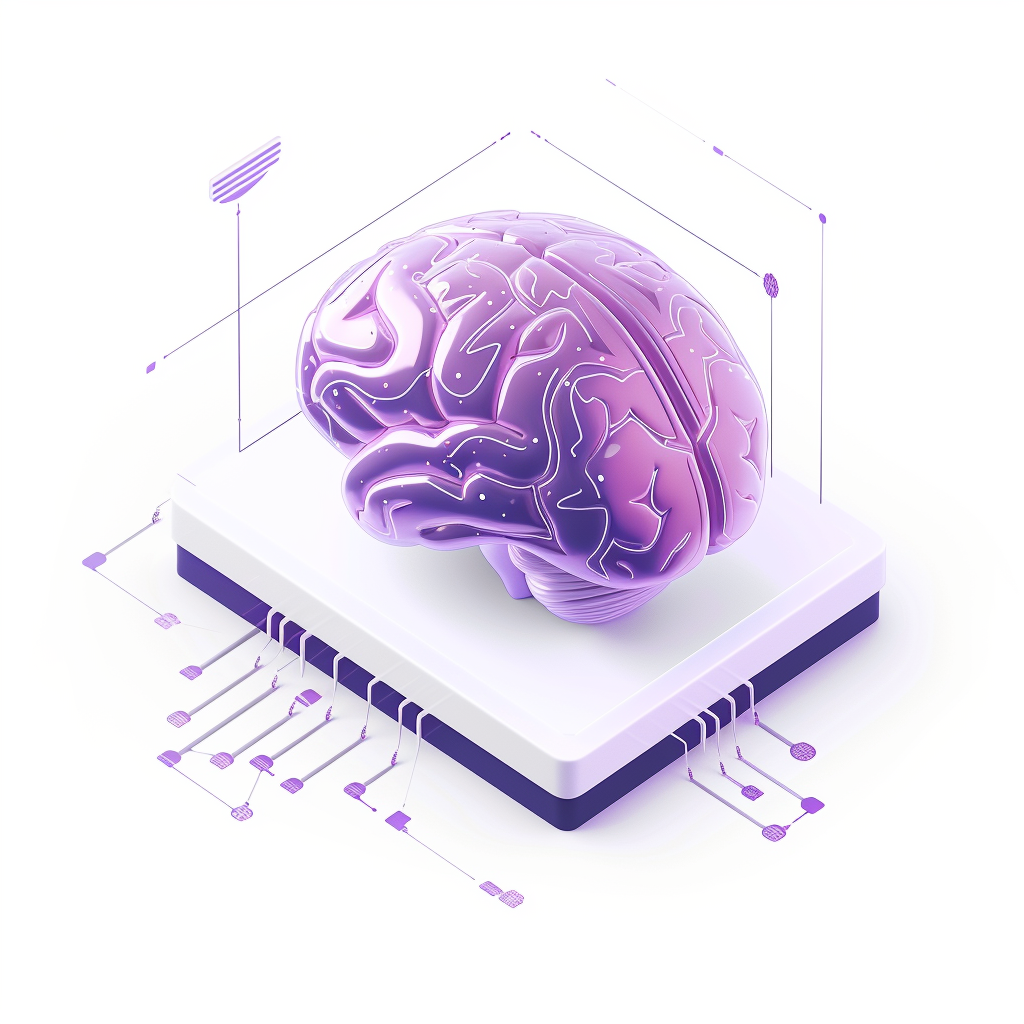On October 13, 2024, OpenAI silently introduced an experimental framework called OpenAI Swarm. This framework is specifically for developers, and it is not currently available for regular ChatGPT users. This framework helps developers coordinate multi-agent systems effectively, allowing artificial intelligence to collaborate and solve complex tasks in new ways.
Swarm makes agent interactions smoother and more intuitive, offering developers a unique opportunity to create powerful AI systems that can tackle real-world challenges autonomously. Let’s dive into what OpenAI Swarm is, how it works, and its potential impact.
What Is OpenAI Swarm?
OpenAI Swarm is an open-source framework that lets developers build, orchestrate, and manage multiple AI agents working together towards a shared goal. Imagine it as a group of AI workers, each with their own specialty, seamlessly coordinating to complete a big project.
The concept of agent orchestration is central to Swarm. These agents don’t work in isolation; instead, they collaborate, hand off tasks to one another, and adapt to changes in real time. This makes Swarm ideal for projects that need flexibility, coordination, and adaptability.
Swarm’s key features include two main building blocks: agents and handoffs. An agent is like a specialized worker performing a specific task, while a handoff is how one agent delegates or passes a task to another. This way, complex workflows are broken into smaller parts, each handled by the most suitable agent. This design makes Swarm systems highly flexible and adaptable.

Who Is OpenAI Swarm For?
OpenAI Swarm is designed for developers, researchers, and AI enthusiasts interested in multi-agent systems. If you’re working on AI assistants, task automation, robotics, or any real-world coordination projects, Swarm can be valuable.
For those already familiar with frameworks like LangChain or other AI orchestration tools, Swarm provides an opportunity to experiment with multi-agent workflows on a deeper level—especially for real-time coordination.
Swarm is an open-source project, meaning anyone can explore, contribute, and adapt it for their needs. You can find the Swarm code on GitHub, where the community is actively contributing.
Use Cases of OpenAI Swarm
Swarm is perfect for use cases that need multiple AI agents working together smoothly. Here are some examples:
- Customer Support Bots: Different agents can specialize in handling billing questions, technical support, or product inquiries, ensuring customers get the right help quickly.
- Data Processing Pipelines: Agents can collect, analyze, and report data efficiently, with each agent focusing on one specific part of the process.
- Retail and E-commerce: Agents can assist customers, suggest products, and handle returns—all while coordinating seamlessly for a better experience.
Swarm is also useful in healthcare and robotics. In healthcare, one agent could collect patient information while another makes medical recommendations. In robotics, Swarm agents could coordinate an assembly line, each focusing on different specialized tasks.
Advanced Features of Swarm
One standout feature of Swarm is its ability to coordinate multiple agents. These agents can switch roles, call functions, and use external tools or APIs to make decisions based on their current context. This adaptability makes Swarm powerful for real-time coordination, where decisions need to be made quickly and tasks need to flow smoothly between agents.
Another highlight is tool and function calling. Similar to how ChatGPT can call functions, Swarm agents can call external APIs or tools. This means agents can access the latest information or trigger automations as needed.
Why Is Swarm Important?
Swarm offers scalability and flexibility. Its lightweight design lets developers add as many agents as needed without compromising performance. This makes it ideal for projects that grow in complexity, requiring new agents along the way.
Swarm also allows developers to customize agents for specific tasks. For example, an agent might initially focus on answering basic user questions, then hand off more complex questions to another agent specializing in deeper insights. This kind of agent handoff makes Swarm ideal for applications requiring natural, flowing interaction—like personal assistants or customer support services.
Real-World Applications and Use Cases
warm can be used in many real-world scenarios, such as automated customer service and robotics. Imagine a customer support system where a bot handles the initial question and hands off specialized queries to the right agent. This ensures a seamless and efficient experience for the user.
Robotics
Swarm could manage a fleet of robots on an assembly line. One agent handles logistics, while others handle quality control, assembly, or maintenance—all without human intervention.
Healthcare
Swarm agents can manage different parts of patient care. One agent collects data, another suggests treatments, and another communicates with healthcare providers. This coordinated care leads to faster, more accurate support.
Finance and Banking
In finance, Swarm can automate different parts of customer support, fraud detection, and financial advisory. For instance, one agent can handle basic customer inquiries, while another monitors for suspicious activities, and a third provides personalized financial advice. By passing tasks between these agents, banks can deliver efficient and secure services.
Supply Chain Management
In logistics and supply chain management, Swarm can optimize operations by having specialized agents manage procurement, inventory, and transportation. An agent could place orders when supplies are low, another tracks shipments, and another updates customers about delivery schedules. This coordinated effort can streamline supply chains and reduce operational costs.
Smart Homes
In smart home automation, Swarm agents can control different aspects of the household. One agent might manage climate control, another lighting, and another security. These agents can work together to optimize energy usage, maintain comfort, and ensure safety without manual intervention.
Education and Learning
Swarm can be used to create interactive learning environments. One agent could assess a student’s current knowled
How Is Swarm Different from Other Frameworks?
Swarm differs from other multi-agent systems like AutoGPT and LangChain. While LangChain focuses on handling language models and retrieval-augmented generation (RAG), Swarm is about orchestrating agents to manage tasks requiring real-time decision-making.
Instead of pre-defining complex agent behaviors, Swarm emphasizes lightweight, flexible orchestration, making it adaptable to situations where coordination is key.
With any powerful AI framework, ethical considerations are important. Multi-agent systems like Swarm could lead to job displacement or raise concerns about data privacy—especially in healthcare and finance, where sensitive data is involved.
Developers must implement robust safeguards to ensure responsible use of these systems.
What’s Next for Swarm?
OpenAI Swarm is still in its experimental phase, but its open-source nature offers great potential for growth. Future updates may include better integration with other OpenAI tools, advanced task planning features, and community-driven enhancements.
As more developers experiment with Swarm, we can expect new agent interfaces, tools, and workflows. OpenAI hopes that Swarm will grow alongside other tools like ChatGPT and AutoGen, shaping the future of AI orchestration.
Conclusion
OpenAI Swarm is an innovative framework for orchestrating AI agents in a way that allows for dynamic, real-time task management. By creating flexible, specialized agents that work together seamlessly, Swarm unlocks exciting possibilities for developers and researchers working on multi-agent systems.
Whether it’s managing customer service workflows, coordinating robots, or handling healthcare data, Swarm provides the tools to make it happen. Though still experimental, Swarm offers an open playground for developers to push the boundaries of what’s possible with AI.
As AI technology continues to evolve, frameworks like Swarm will be at the forefront, providing the means to orchestrate multiple AI agents into powerful, collaborative systems.







